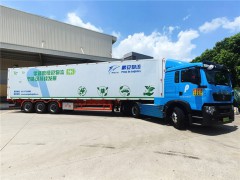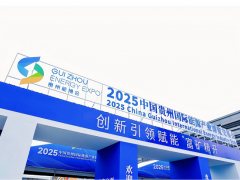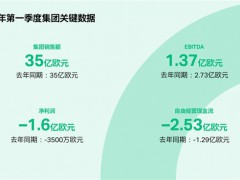據美國油價網報道,石油輸出國組織(OPEC/歐佩克)1月份的原油平均日產量僅增加了21萬桶,再次未能達到自己的原油產量目標。
從月度角度來看,歐佩克+的原油平均日產量只增加了21萬桶,而不是歐佩克+聯盟此前同意的日增40萬桶的原油產量,這導致該聯盟1月份原油平均日產量缺口達到19萬桶。
但歐佩克+1月份的實際原油產量的缺口要大得多。回顧一下歐佩克的基本產量,并考慮到每個月計劃增加的產量,歐佩克1月份的減產顯示出更大的缺口。
歐佩克1月份實際減產仍達280.3萬桶/天,低于歐佩克同意減產時的基本水平。 相比之下,1月份的減產承諾為212.9萬桶/天。這相當于1月份比歐佩克已同意的減產量多67.4萬桶/天。
就實際產量而言,歐佩克去年12月份的原油日產量為2780萬桶,今年1月份的原油日產量為2801萬桶。 值得注意的是,1月份沙特阿拉伯日增10萬桶、尼日利亞日增5萬桶、阿聯酋和科威特日增4萬桶。 這些產量的增加被伊拉克(日減3萬桶)等減產部分抵消。
如果我們開始觀察減產的開始,只有兩個歐佩克成員國的產量高于他們1月份的目標,那就是阿爾及利亞和加蓬。 按百分比計算,1月份原油產量不足,未能達到增產目標的成員國包括安哥拉、剛果、赤道幾內亞和尼日利亞。
然而,在所有歐佩克成員國中,沙特阿拉伯將在未來產量增加的過程中,能夠向市場補充最多的原油。 根據路透社的數據,沙特阿拉伯仍具有向市場再提供87.8萬桶/天原油的潛力。
李峻 編譯自 美國油價網
原文如下:
OPEC+ Fails To Reach Production Targets In January
OPEC has again failed to meet its own production targets again in January as the group lifted production only 210,000 additional barrels per day for the month.
Looking at this through a monthly lens, the group increased production by just 210,000 bpd instead of the 400,000 bpd increased production that the alliance agreed to—creating a January shortfall of 190,000 barrels per day.
But the real shortfall is much larger.
Looking back at the base amounts that OPEC is working with, and factoring in each month’s planned increased production, January production cuts from OPEC show a much larger shortfall.
OPEC’s actual January production cuts still amounted to 2.803 million barrels per day short of the base levels when OPEC agreed to the cuts. This compares to the pledged cut for January of 2.129 million bpd.
This equates to an extra 674,000 bpd in cuts for January than what OPEC has agreed to.
In terms of actual production, OPEC produced 27.8 million bpd in December, lifting this to 28.01 million bpd in January. Noteworthy increases came from Saudi Arabia (+100,000 bpd), Nigeria (+50,000 bpd), and the UAE and Kuwait (+40,000 bpd each). These production gains were partially offset by decreased output by Iraq (-30,000 bpd).
If we start looking at the beginning of the cuts, there are only two OPEC members that are producing above their January target, and that’s Algeria and Gabon. The largest under producers, in terms of percentages—or rather those missing their ramp-up targets more than anyone else—include Angola, Congo, Equatorial Guinea, and Nigeria.
Of all the OPEC members, it is Saudi Arabia, however, that has the most in terms of numbers of barrels to add back into the market as part of the future production ramp up. According to Reuters figures, Saudi Arabia still has 878,000 bpd to add back into the market.
免責聲明:本網轉載自其它媒體的文章,目的在于弘揚石化精神,傳遞更多石化信息,并不代表本網贊同其觀點和對其真實性負責,在此我們謹向原作者和原媒體致以敬意。如果您認為本站文章侵犯了您的版權,請與我們聯系,我們將第一時間刪除。







